Physalis - the plant of the family of the Polenic, which, depending on the variety, can be eaten as well as used in decorative or therapeutic purposes. We will tell about the cultivation of Physalis and care for this plant in this article.
Varieties of culture
Gudders are known 3 main types of Physalis, each of which, in turn, is represented by several varieties. Consider more varieties of this culture:
- Decorative Physalis, who is also called Physalis Fras - this is a beautiful plant, seemingly resembling Chinese flashlight. The fruits of culture are in bright orange boxes, which are used as decorative elements of flower beds. This type of Physalis is very unpretentious, perfectly tolerate cold and can grow almost on any soils.
- Vegetable Physalis has large fruits whose weight ranges within 30-150 g. This culture is also undemanding for growing conditions, it quickly matches and often gives pretty high yields. Gardeners engaged in the cultivation of vegetable physalis, know that in the fresh form the fruits do not have too pleasant taste. But in the pickled form they are much more tastier. Of Vegetable Physalis, it is also a good jam, something similar to jam from fig. Certain varieties, such as "Moscow Early" and "Korolev", are characterized by a sweeter taste than other analogues of culture.
- Berry, he also strawberry Physalis has not so large fruits as his vegetable "relative". The weight of the fetus varies in the range of 1-4 g, occasionally reaching the indicator in 9 g. This type of plant is not so frosty, gives less yields and matures longer, but the taste of such Physalis is beautiful. Those who grow fizalis strawberry, are familiar with 3 of its main subspecies: raisins, Peruvian and Florida.
- the fruits of the Floridian variety have a pleasant sweet taste, in which there is not practically no sourness as well as a pronounced fruit smell. If you cook with such a physalis jam, then it will be like a sherry jam;
- peruvian Physalis also has a sweet taste, but its berries also have an expressive fruit aroma. Some varieties smell strawberries, some are reminded to taste a citrus. As a rule, the fruits of this subspecies are so gentle that they are still stored for a long time. Therefore, those who want to stock harvest for the winter dried berries in the oven, heated to a small temperature - 40-50 ° C;
- rasal Physalis is one of the most delicious varieties of berry culture. The fruits of his sweet, slightly acidic, by smell and taste resembling pineapple. Juice from berries something resembles a mandarine, but its aroma is somewhat more expressive. The fruits of culture are stored for a long time, sometimes up to 6 months, if you put them in a dry cool place. In the dried form of berries become similar on raisins, and the jam from the raisins is beautiful, but not very fragrant.
Cultivation of Fizalis of Seeds
Soil preparation and time selection for crop
In the climatic conditions of our country, Physalis is taken to grow by sowing seeds to seedlings. In the open soil, the sprouts are transplanted when they reach the age of 40-50 days. This period must coincide with the end of the end of frosts, which is why the seeds should be engaged in the second decade of April.
For the cultivation of Physalis, it is necessary to correctly select the composition of the soil. Since culture belongs to Polenovy, it is quite suitable for the soil, which is used to germinate tomatoes and peppers. The approximate composition of the Earth is: on 2 parts of the peat, 1 part of the compost and garden land are added, as well as 0.5 pieces of pure sand. The peat acidity of the peat can be reduced if you dilute it with dolomite flour or wood ash. At the same time, every 5 kg of mass should have 2 tbsp. Ash or dolomite flour. To reduce the risk of weeds and various diseases, the soil for seedlings should be sifted and treated with steam for 1 hour.
Sowing Fizalis Seeds
The seed planting process for seedlings is made in several stages:
- Grains before landing should be displaced. For this, they are wrapped in several layers of gauze and immerse them in a manganese solution for 20 minutes. Instead of manganese, you can use a flugicide solution, observing the instruction specified on the package. To get fast shoots, you can also leave seeds at 12 o'clock in epined solution - growth stimulator. The substance is diluted in water at the rate of 1-2 drops per 100 ml of liquid.
- Prepare the necessary composition of the soil, fill it with the container in which you plan to germinate seeds. Slightly endure the earth and land the grains at the same distance from each other.
- Throw one more thin layer of the Earth, about 1 cm thick, again compact the soil.
- Pour the seeds very carefully, ranging from the edge of the tank and moisturizing the soil in small portions.
- Cover the crops with plastic film and put them in a well-lit place. The cultivation of Physalis at home should occur at a temperature of 15-20 ° C. About a week later you will receive the first shoots. As soon as the sprouts break through the ground, remove the film and regularly moisturize the soil without letting it wash it.
Picking seedlings
When there are 2-3 present leafs on broken sprouts, it is possible to start picking seedlings. The composition of the soil for the dive should be about the same as for sowing, but only the amount of sand should be reduced by 2 times. In addition, it is necessary to make feeding to the ground. To do this, mix every 5 kg of land from 1 tbsp. Complex mineral fertilizer.
In some small containers, pour the prepared soil, slightly sink it and make a recess in each cup, sufficient to fit the sprout roots. Then put the seedlings in the container, add a little more land on top and again compliment it around the stems.
Take care of the seedlings, directing the water stream along the edge of the cup or the pot. If after moisturizing the soil level dropped too much, add more land.
Care for sediers
Care for young shoots of Physalis does not represent any difficulties. Cups with sprouts need to be put in a well-lit place where the temperature is constantly maintained at 15-20 ° C. It is also important to prevent the soil drying, constantly moisturizing it. When seedlings are slightly fixed, they can be fertilized. It should be done 1 time in 2 weeks, using one of the feeding: "Fertika", "Agrikola" or "Rasin".
Fizalis landing in open soil
Before transferring seedlings to open ground, they must be hardening. If there is no frost, then every day take a tank with seedlings to fresh air for several hours. After the end of the last frosts, you can proceed to landing culture on the site.
The place where you plan to plant a Physalis should choose in advance. It is desirable that in this territory in past years did not grow with grated cultures: peppers, potatoes, tomatoes or eggplants. In the land for landing it is necessary to add some fertilizers. On 1 m² of soil, we conclude 40-50 g of nitroammophos. Excess soil acidity can be corrected using 200-300 g of wood ash. Earth before planting you need to move to a depth of about 30 cm.
Drop the wells on the bed of 50-70 cm from each other at a distance of 50-70 cm and making an indent between the rows of about 70 cm. Then, neatly taking out the sprouts from the cups and trying not to damage the root system, transfer them together with the Earth to the prepared pits. Blowing seedlings you need to the first leaflet. Then cover the seedlings and a little confuse the ground around the stems. Pour the sprouts and inspire them to peat.
Current care
While seedling is coming in a new place, you need to regularly clean the beds from weeds and loosen the top layer of the Earth. You can sometimes make fertilizer roots, as well as regularly water the plants. The first time was made to feed the Physalis during his blooming, the second time the culture fertilizes in the process of formation of fruits, and the third feeder is brought after another 3 weeks.
Physalis, unlike tomatoes, do not need to be taped and pausing. Stems of culture should be very powerful and well branch. It is from the number of branches that the future crop of Physalis depends, since the fruits are tied in those places where the stem forms a new branch.
If the season was wet or rainy, as well as if the culture grows on unnecessaryly moisturized areas, the Physalis must be regularly injected. When signs of disease appear on individual plants, such shoots are removed.
Fighting diseases and pests
Unlike tomatoes and peppers, Physalis is not so common in our country. Therefore, this culture is subject to various diseases and defeats less than their grated "relatives". However, if it is not possible to prevent the risk of developing certain diseases in time, you can get a bad crop and low quality fruits. The best protection against pests and diseases is preventive measures that include:
- mandatory drying of seeds before sowing them to seedlings;
- compliance with the rules of crop rotation;
- the correct billet of the sowing material, which includes the collection of seeds on its plot and only with healthy and proven plants;
- relentless extermination of weeds and pests;
- pumping land in autumn, providing for the removal of rhizomes and stems of dead plants;
- compliance with the rules of agrotechnology.

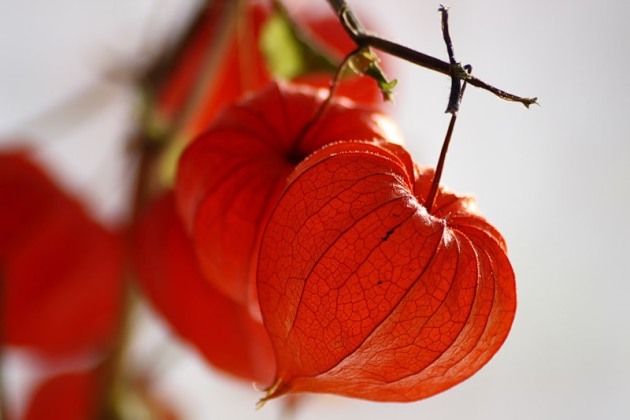
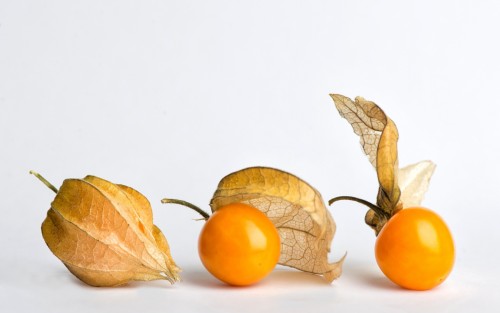

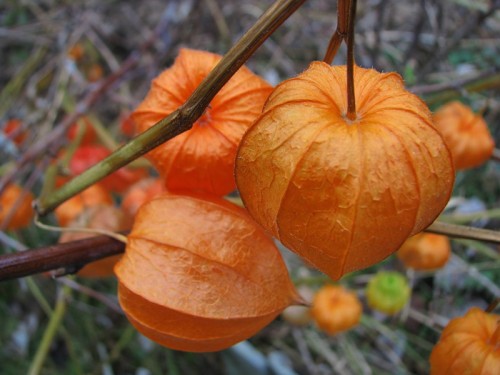
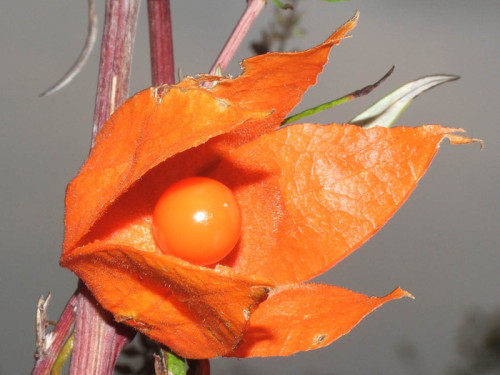
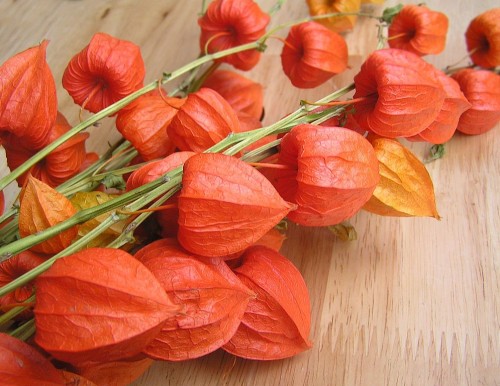
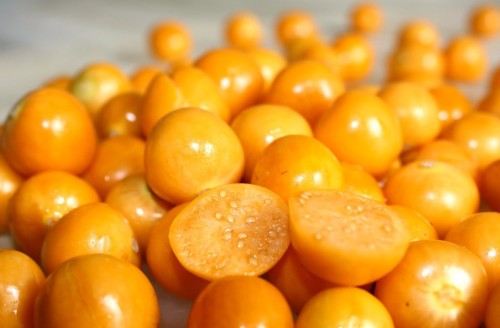

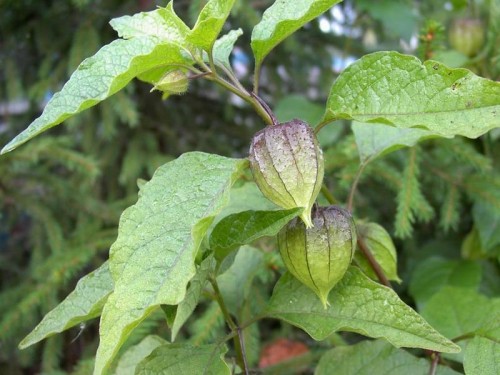












 Start a discussion ...
Start a discussion ...